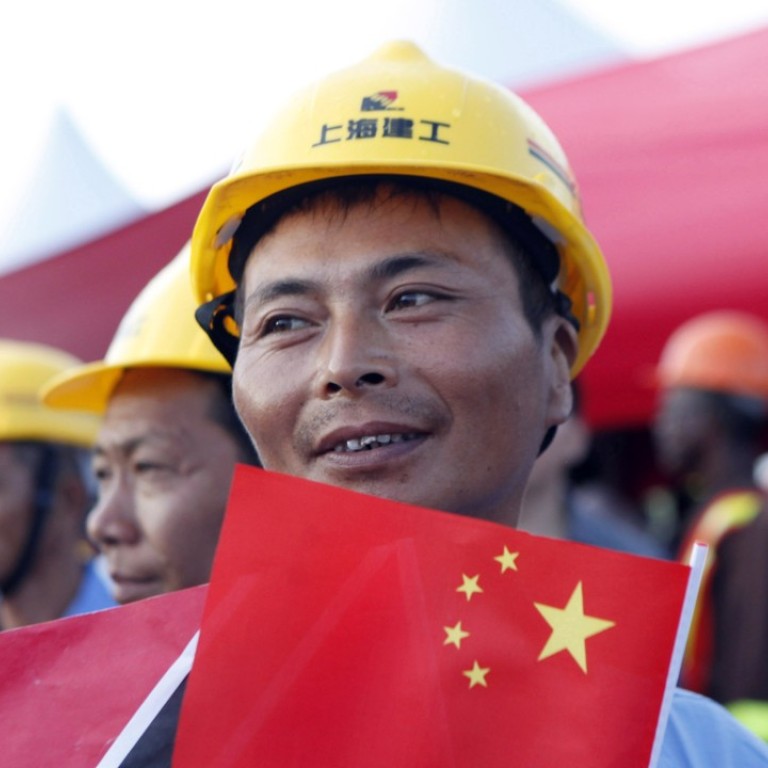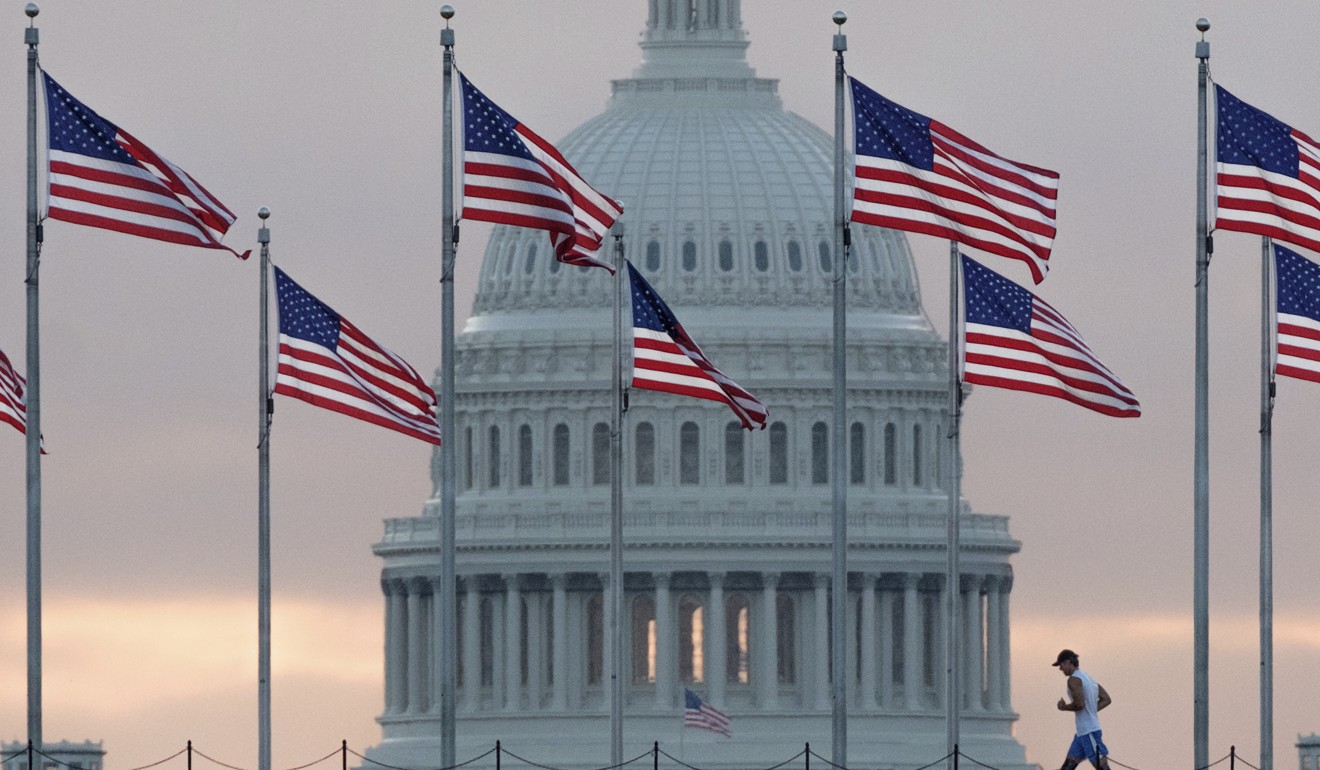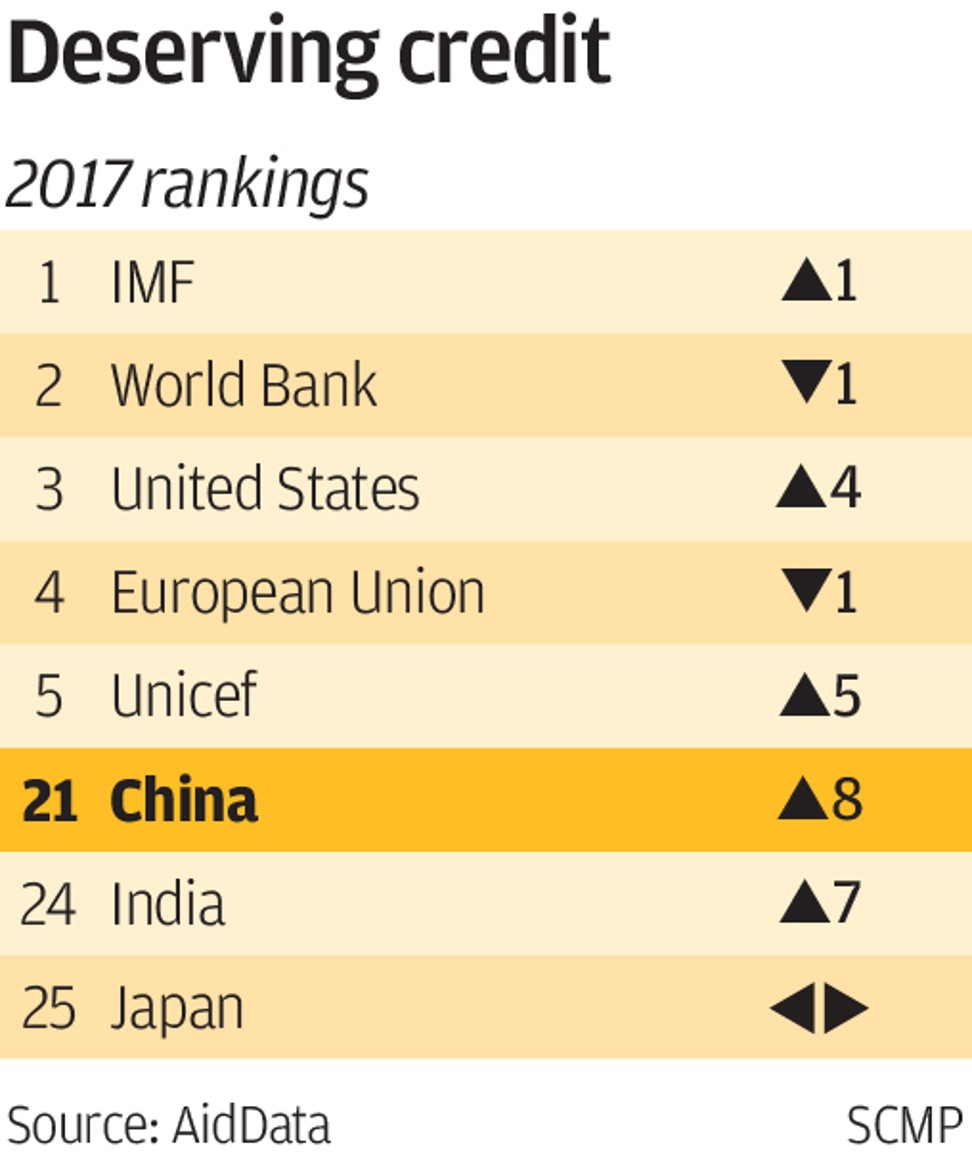
Huge foreign aid programmes push China past Japan and India in global influence, report says
China leaps eight places in AidData’s global influence and foreign aid survey, helped by the US$126 billion belt and road infrastructure plan
China’s massive foreign aid programmes are pushing the country past Japan and India for international influence and narrowing the gap with the United States as the world’s biggest donor nation, according to a report by US researchers.
Since US-based AidData conducted its last survey of influential global foreign aid donors in 2014, China moved up from 29th (out of 33) to 21st (out of 35), according to the report, “Listening to Leaders 2018”, released on Thursday.
Along the way, the world’s second-biggest economy overtook Japan (25th) and India (24th) in influence flowing from foreign aid.
China’s global influence was boosted by its US$126 billion “Belt and Road Initiative” – an ambitious plan to build roads, ports and infrastructure worldwide – and the China-led Asian Infrastructure Investment Bank, according to AidData.
Although China is lagging behind the US, which trailed the International Monetary Fund and the World Bank as the most influential donors, it has been closing the gap with America as the biggest donor nation as US President Donald Trump slashes foreign aid.

In October, Trump slashed US diplomacy and foreign aid by 28 per cent. From 2000 to 2014, China gave almost US$354.4 billion in aid and other forms of support to 140 countries, trailing the US’ US$394.6 billion, according to AidData research released last October.
“It is too early to say the US will be losing influence,” said Samantha Custer, AidData’s director of policy analysis and the lead researcher on the new report.
“It is always a relative concept, also depending on whether other donors would do more or do less.”
The ratings come after China’s announcement in March that it would create the International Development Cooperation Agency to oversee its foreign aid programmes.
With US poised to slash foreign aid, China in pole position to become world’s biggest donor
Custer said the agency plan pointed to an expansion and professionalisation of China’s foreign aid policy, indicating it is likely to continue increasing its influence.
But even as China’s global influence grows with its massive foreign aid strategy, it still has a reputation for being relatively unhelpful in giving developing countries advice on aid policies and implementation, according to the report.
China slipped one place from three years ago to 31st out of 35 in providing helpful input to recipient countries, trailing the Islamic Development Bank and Spain, according to the report.

“[Helpfulness] is about how much [recipient countries’] leaders listen to what [a donor] has to say,” Custer said.
“When it comes to time to make decisions and take actions, who are they paying attention to, who would they go to for assistance?”
She said various reasons could have contributed to China’s weak helpfulness rating from aid recipient countries, the researcher .
“The way that China has historically delivered development assistance has been highly fragmented across multiple different agencies [and] government departments,” Custer said.
China must act more wisely in giving out foreign aid, says Xi Jinping
“That could have an effect on helpfulness. [It could] be seen as disjointed, ad hoc and not coordinated.”
While Beijing officially maintains a policy of non-interference in the domestic affairs of other countries, China’s opaque deals and exponentially growing aid in the past decade have raised concern that it is using aid as a tool for expanding both its soft and hard power overseas.
But the report dismissed as “overstated” the idea that “China is about to eclipse traditional donors”.

It said Beijing was still middle-of-the-pack in terms of its influence with leaders in countries receiving aid, with traditional donors like the European Union, Unicef and Britain ranking ahead of it.
The report’s findings are based on AidData’s survey conducted last year of 3,468 individuals from government, civil society groups and the private sector from 126 low- and lower-middle income countries and semi-autonomous territories.
How Trump, by threatening US foreign aid, undermines democracy globally
Participants held ministerial-level or leadership-level positions from 2010-2015, and responded to survey questions based on their roles at the time, AidData said.
Researchers found that China’s influence was greatest in Southeast Asia and the Pacific, the Middle East and North Africa.
“While money may not buy love, it does give donors a seat at the table,” Custer said.
“Influence is about getting that seat at the table. You get a say when a decision [at the recipient country] is being made.”


